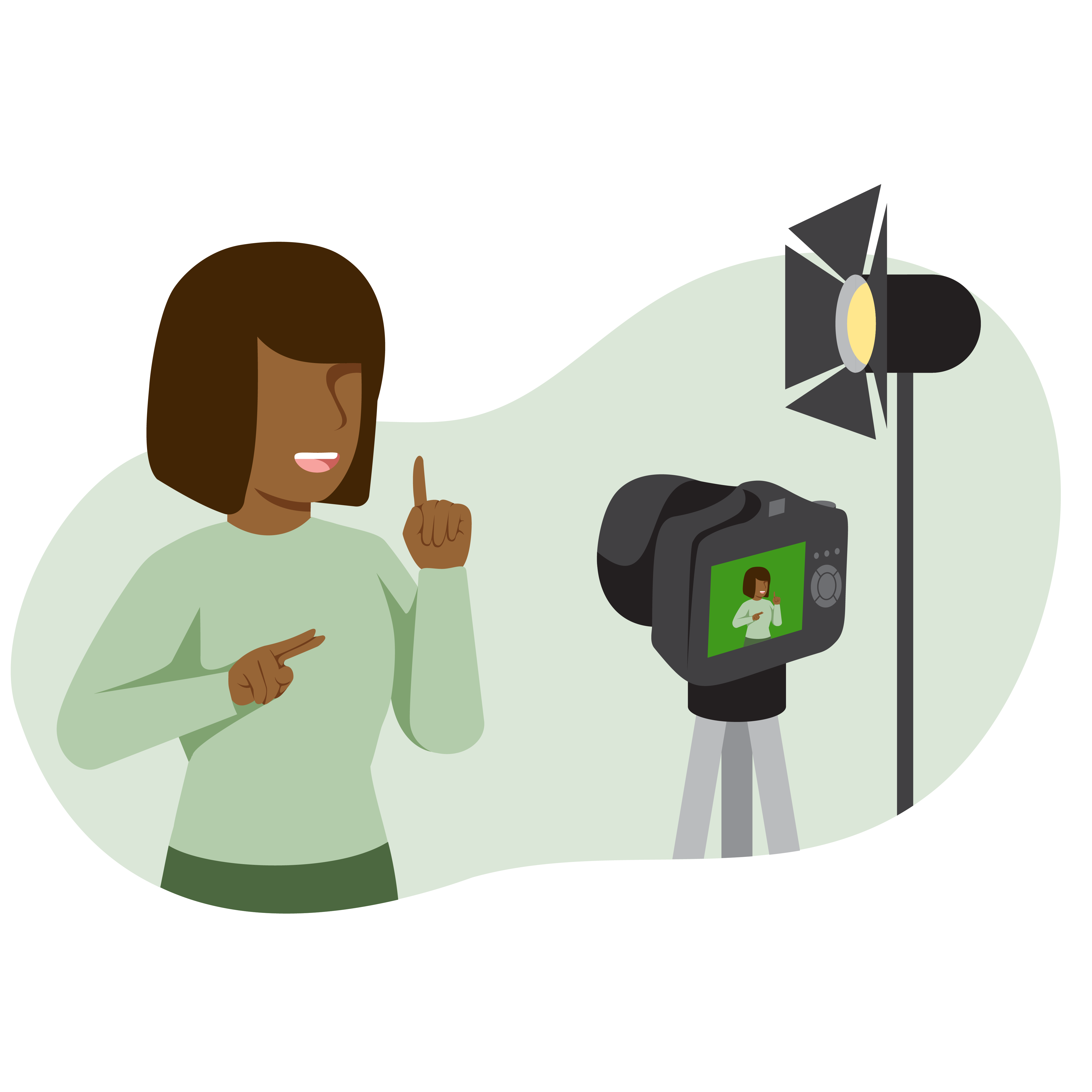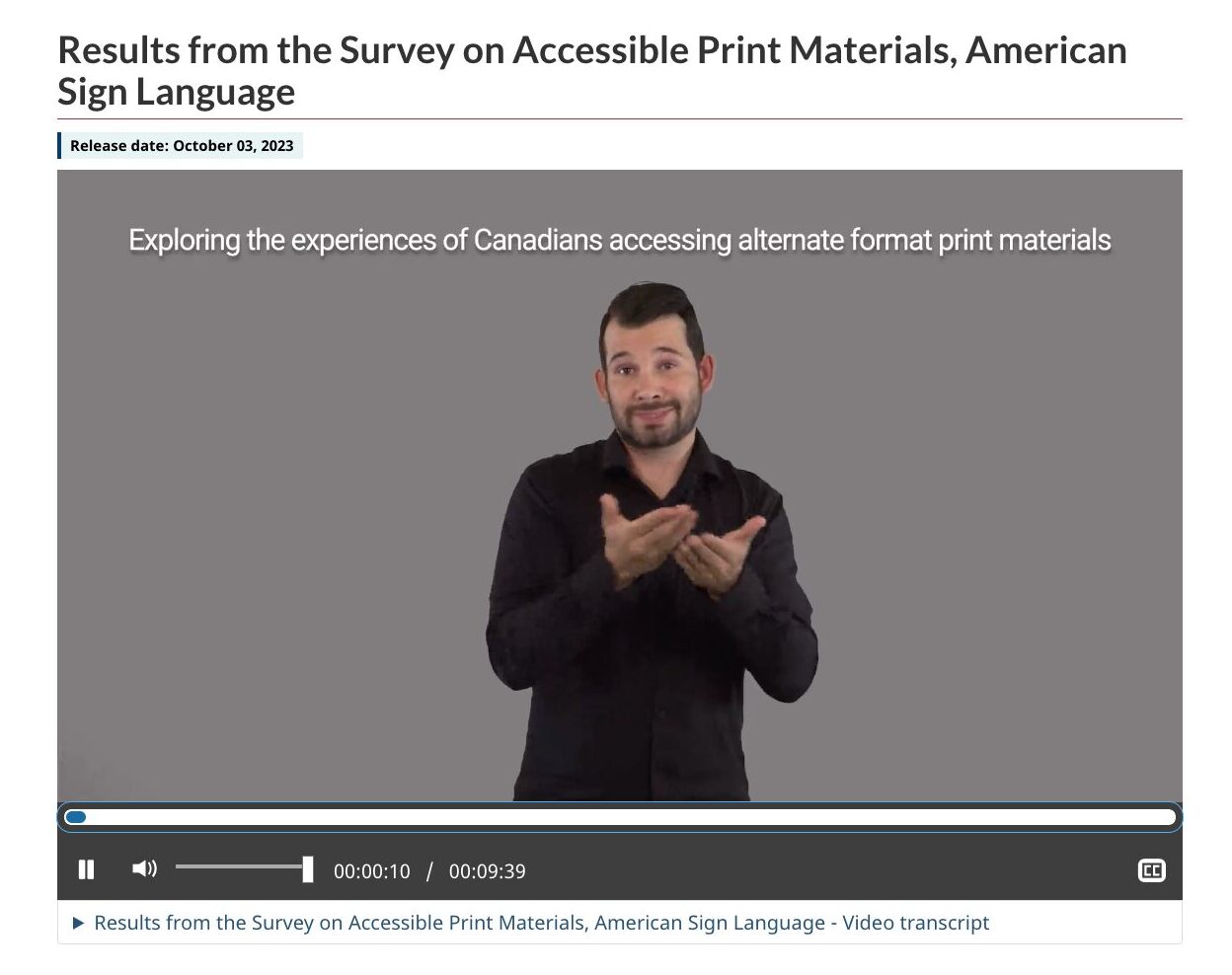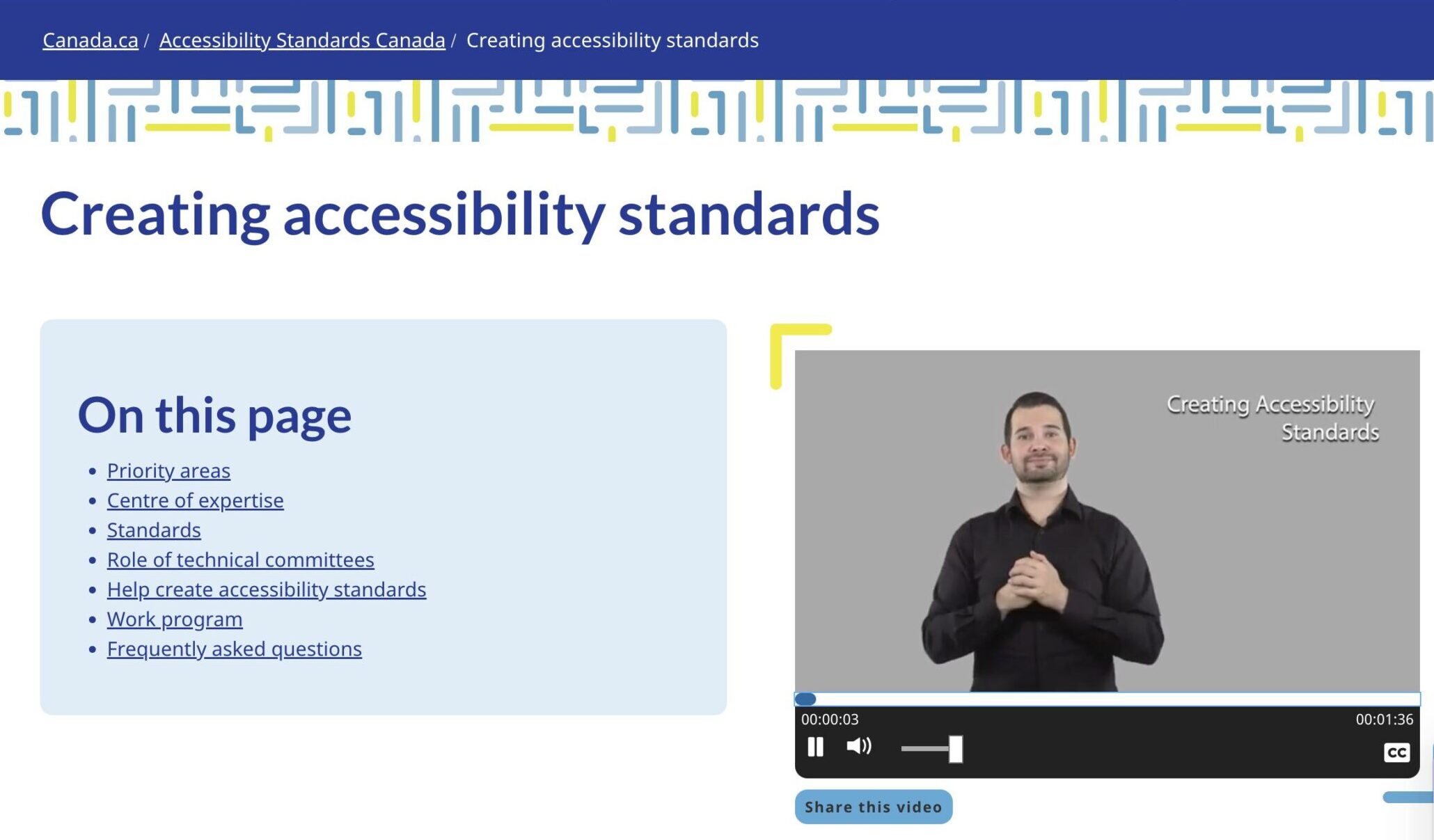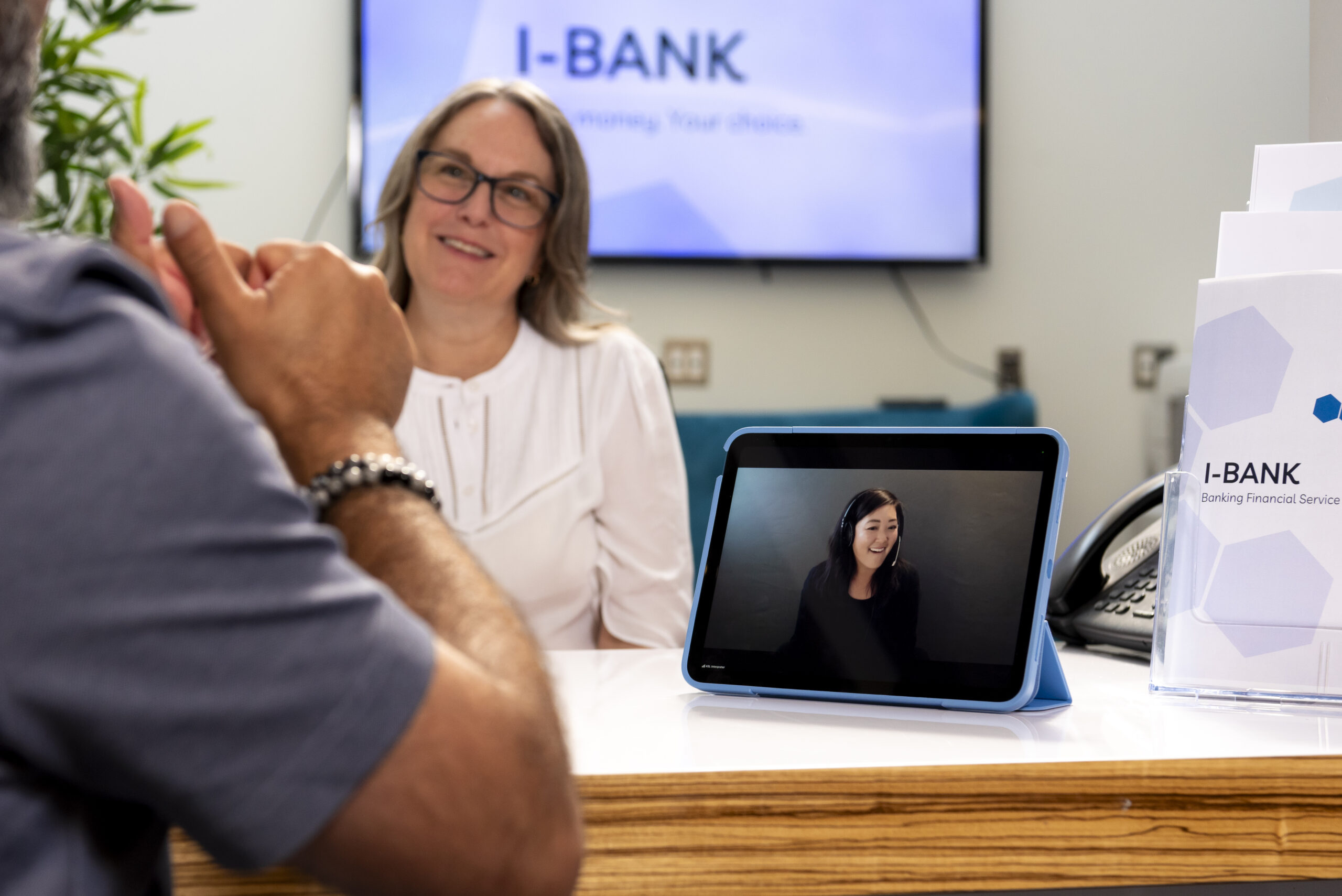According to the Accessible Canada Act, the primary languages of Deaf people in Canada are American Sign Language (ASL) and Langue des signes québécoise (LSQ). English and French are often second—or even third or fourth languages for Deaf individuals. Written text and video captions are not enough to ensure the Deaf community’s full understanding and inclusion. If you want to make your content accessible to the Deaf community, you need to have it translated into sign language.
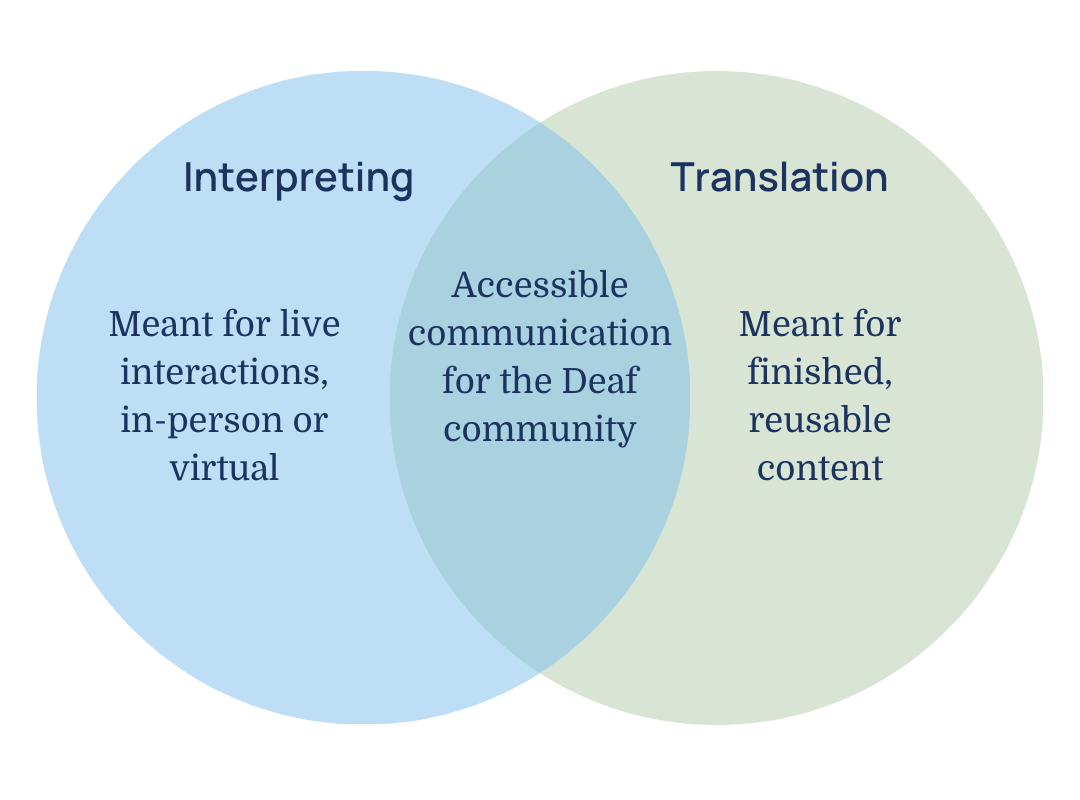
What's the Difference Between Translation and Interpreting?
Think of it this way: while interpreting happens in real time, translation is meant for finished content. For example, an ASL interpreter would facilitate communication between someone using sign language and someone using spoken language. But if you’re converting finished content like a website, video, or document into sign language, you’d need to translate it.
How Translation Works
1. Material collection
Send your documents, videos or marketing collateral over to Asign.
2. Translation and production
With our team of Deaf Translators, Message Equivalency Interpreters and Deaf language experts, we’ll translate your materials into ASL or LSQ. We do all production in our professional studios.
3. Post-production and quality assurance
We edit the sign language videos according to your brand guidelines, adding subtitles and voiceovers as requested.
Translation for Your Customers and Employees
Websites
Video Content
Job Postings
Transcripts & Letters
Legal Documents
Surveys & Survey Results
Marketing Collateral
Organizational Policies
E-learning Materials
Providing Translation Services for Organizations like Statistics Canada and Accessibility Standards Canada
Statistics Canada Survey Results:
In this example, we translated the results from Statistics Canada’s Survey on Accessible Print Materials. The translation video includes closed captioning and a voiceover.
Accessibility Standards Canada Webpage:
In this example, we translated a webpage for Accessibility Standards Canada. As you read the webpage, the equivalent message is being signed in ASL, ensuring equal access for Deaf individuals.
Meet Our Translators
![card.content_card_image['alt']](https://asign.ca/wp-content/uploads/2024/10/Image-e1728253051355.jpeg)
Paul Bourgeois
Paul has been working as a translator for over a decade, starting his professional journey in 2019 with Asign. He has worked on a wide range of projects, from children’s stories to confidential government documents. Reflecting on the importance of translation, Paul shares, “It’s important to have clear facts and information that are accessible to everyone so people can make informed decisions. That’s where I feel my work as an ASL translator makes the biggest impact, and I am proud of that.”
![card.content_card_image['alt']](https://asign.ca/wp-content/uploads/2024/10/Vinu-Headshot-e1744308748185.jpg)
Vinu Abraham Chetipurackal
Vinu has been working as an ASL translator since November 2021, specializing in projects within Diversity and Accessibility industries. His favourite aspect of translation is the focus on diversity, equity, inclusion, and accessibility.
![card.content_card_image['alt']](https://asign.ca/wp-content/uploads/2025/04/jordan-sangalang-headshot-e1744308700490.jpg)
Jordan Sangalang
Jordan has been working as an ASL translator since 2012, specializing in various projects including videos, books, documents, and online content. His favorite part of working as a translator is creating content that authentically represents the signing community. “Being a translator is a humbling profession that contributes to a larger purpose by making a meaningful impact while enhancing accessibility and inclusion”.
Other Ways We Can Help
![card.content_card_image['alt']](https://asign.ca/wp-content/uploads/2024/11/2024.09.14_Asign-25-scaled.jpg)
Video Remote Interpreting (VRI) By Appointment
Schedule a virtual sign language interpreter in advance. Best for longer, pre-planned meetings.
- Examples: Planned training sessions, regular staff meetings, webinars and other online events
![card.content_card_image['alt']](https://asign.ca/wp-content/uploads/2024/11/2024.09.14_Asign-165-scaled.jpg)
Video Remote Interpreting (VRI) On-Demand
Connect with a virtual sign language interpreter on the spot. VRI On-Demand is ideal for shorter, spontaneous interactions. No appointment needed.
- Examples: Impromptu meetings, urgent or time-sensitive situations, unplanned visits from Deaf clients.
![card.content_card_image['alt']](https://asign.ca/wp-content/uploads/2024/11/2024.09.14_Asign-14-1-scaled.jpg)
In-Person Interpreting
For in-person meetings and events, it’s best to have an interpreter on-site. With decades of experience in the profession, we know that interpreting isn’t one size fits all. We match our interpreters to fit the unique needs and subject matter of your event.
- Examples: Press conferences, live events and workshops, in-person town halls.
Get in Touch
Translate your content to connect with the Deaf community in their first language. To accompany our translation services, we also provide closed captioning and voiceovers.
Ready to make your content accessible for the Deaf community?


Frequently Asked Questions:
My content is in written English—why do I need translation?
American Sign Language (ASL) is not signed English. It’s a distinct language with its own grammar, syntax, and structure. Similarly, Langue des signes québécoise (LSQ) is distinct from French.
How long does a translation project usually take?
For content that is less than 10,000 words, we typically tell clients to expect 10 business days.
Can anyone who uses ASL or LSQ be a translator?
No, professional translation requires specialized training in both languages and a strong understanding of how to convey meaning. At Asign, all translation projects are handled by our team of experts, including Deaf translators who are native users of ASL and LSQ. Deaf translators provide a sociolinguistic, semantic/linguistic equivalent translation in their signed language.
Why shouldn’t I use automated translation tools?
Automated translation tools often miss cultural nuances, facial expressions, and cannot replicate the fluid structure of ASL or LSQ. Human translators are crucial for providing accurate and nuanced translations.
Related Blog Posts
VRI | Nov 28, 2022
What’s the difference between VRS and VRI?
Accessibility | Nov 19, 2024
Building the Business Case for Accessibility in the Canadian Banking Sector
Accessibility, VRI | Nov 19, 2024
